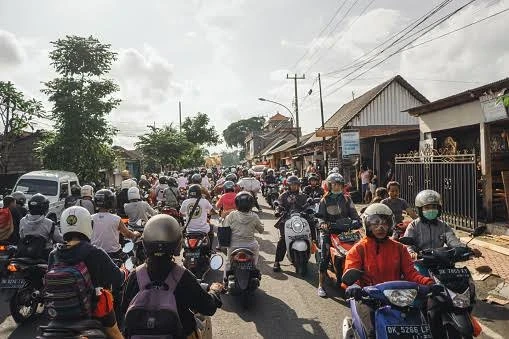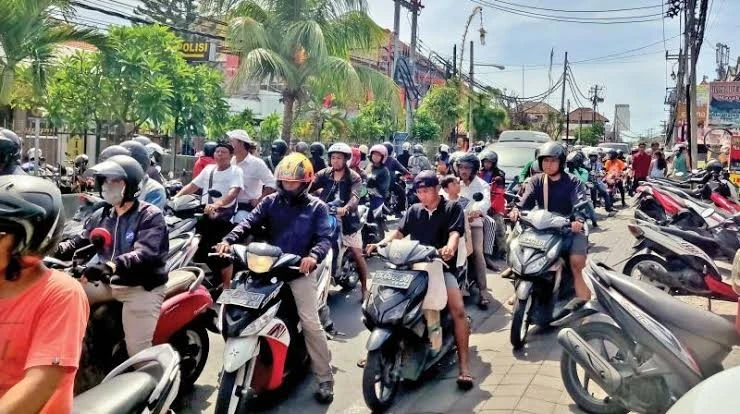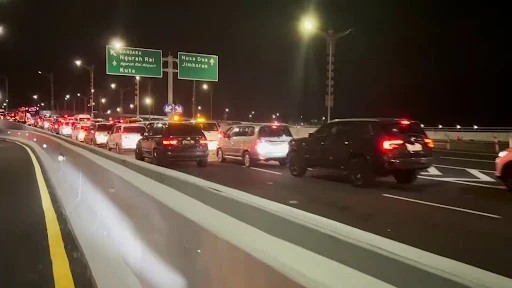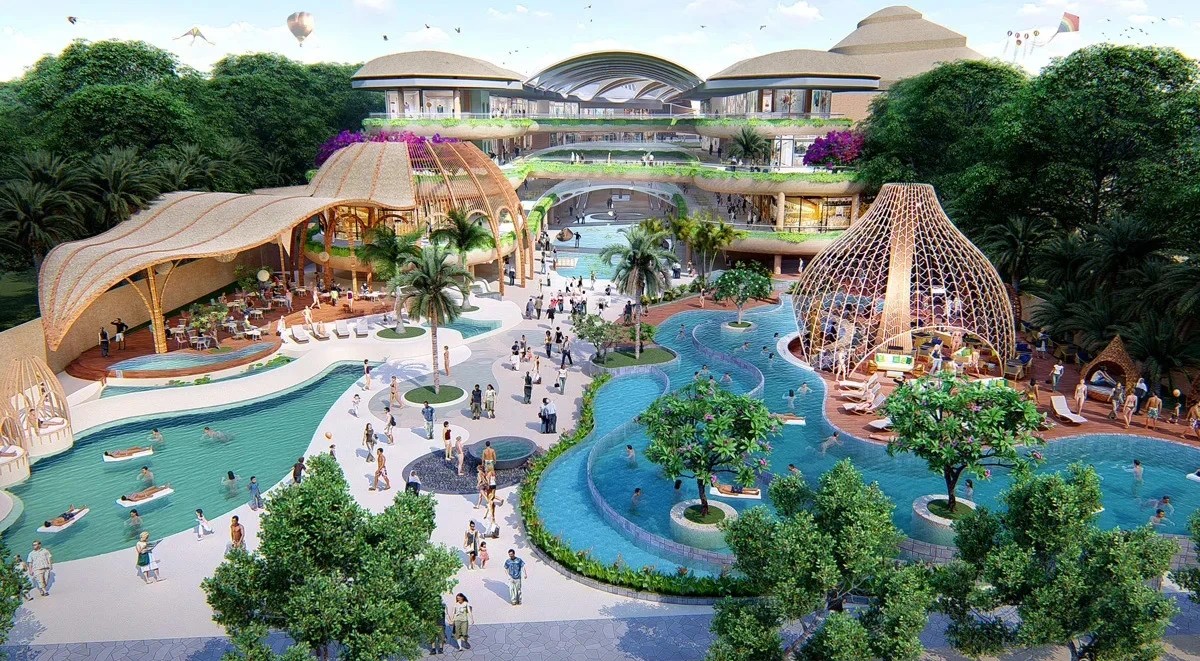The Bali authorities have warned that in September, both locals and visitors should prepare for increased traffic congestion due to road construction on several major highways.

At the same time, officials announced the approval of an underground tunnel project. The tunnel will run from the Tohpati intersection in Sanur to the Udayana University intersection in Jimbaran.
The head of the Technical Implementation Unit (UPT) of Bali's transportation office, Muhammad Sofyan, explained that the traffic intensity at these intersections exceeds the traffic light cycle. This means that while the red light lasts for 130 seconds, the number of vehicles that accumulate during that time is so large that when the light turns green, they cannot all pass through. The amount of traffic consistently surpasses the traffic light cycle, so even extending the cycle time would not make a significant difference.
Sofyan explained: “We have four methods for organizing intersections: with priority lanes, traffic lights, roundabouts, and flyovers/underground tunnels. For this section, we chose an underground tunnel, a solution recommended by the Ministry of Public Works.”
The authorities cannot provide more detailed information at this time but state that they aim to create an ambitious project that will resolve traffic issues between Sanur and Jimbaran as quickly as possible.
“We have decided to increase the number of continuous intersections along the Ngurah Rai Bypass Road, which will be converted into an underground tunnel, including the intersection with the horse-drawn carriage statue near the airport.”
The promised traffic disruption in September will occur due to the launch of another large-scale project. Workers will begin construction of Bali's long-awaited urban rail network. The first phase of the project will connect Bali's Gusti Ngurah Rai International Airport with the resorts of Kuta and Seminyak.

The second phase of the project will be a circular line connecting Bali's airport with the center of Denpasar and the Sanur resort, which has now been designated as a special economic zone for medical and wellness tourism.
The regional authorities have offered some advice to help those traveling around the island avoid traffic jams. For example, tourists are encouraged to depart for day trips early in the morning.
“If you leave your hotel at 7 a.m. instead of 8 a.m., you can avoid traffic on the way to the main attractions and have the chance to see these places before the crowds arrive,” the recommendations state.
Another proven way to avoid road congestion is to choose less-visited and developing destinations for your stay. For instance, Amed in East Bali, Lovina in the north, or the black sand beach resorts in Gianyar.
Staying at these resorts gives tourists access to quiet beaches and major attractions, as well as the ability to reach many points in Bali faster than from crowded Canggu, Kuta, and Seminyak.
Previously, Bali authorities mentioned that they would use not only land but also the ocean to combat traffic congestion. Initially, rumors spread that a high-speed overwater highway would be built just 150 meters from the shoreline. However, after public outcry, officials clarified that they were referring to high-speed marine transport that would connect the most popular tourist locations—the airport and resort villages—Kuta, Canggu, and Seminyak. To be fair, all these projects, including the Sanur-to-Jimbaran tunnel, currently exist only at the level of discussions and promises.
Sources: Detik.com, infoabiansemal


You can add one right now!